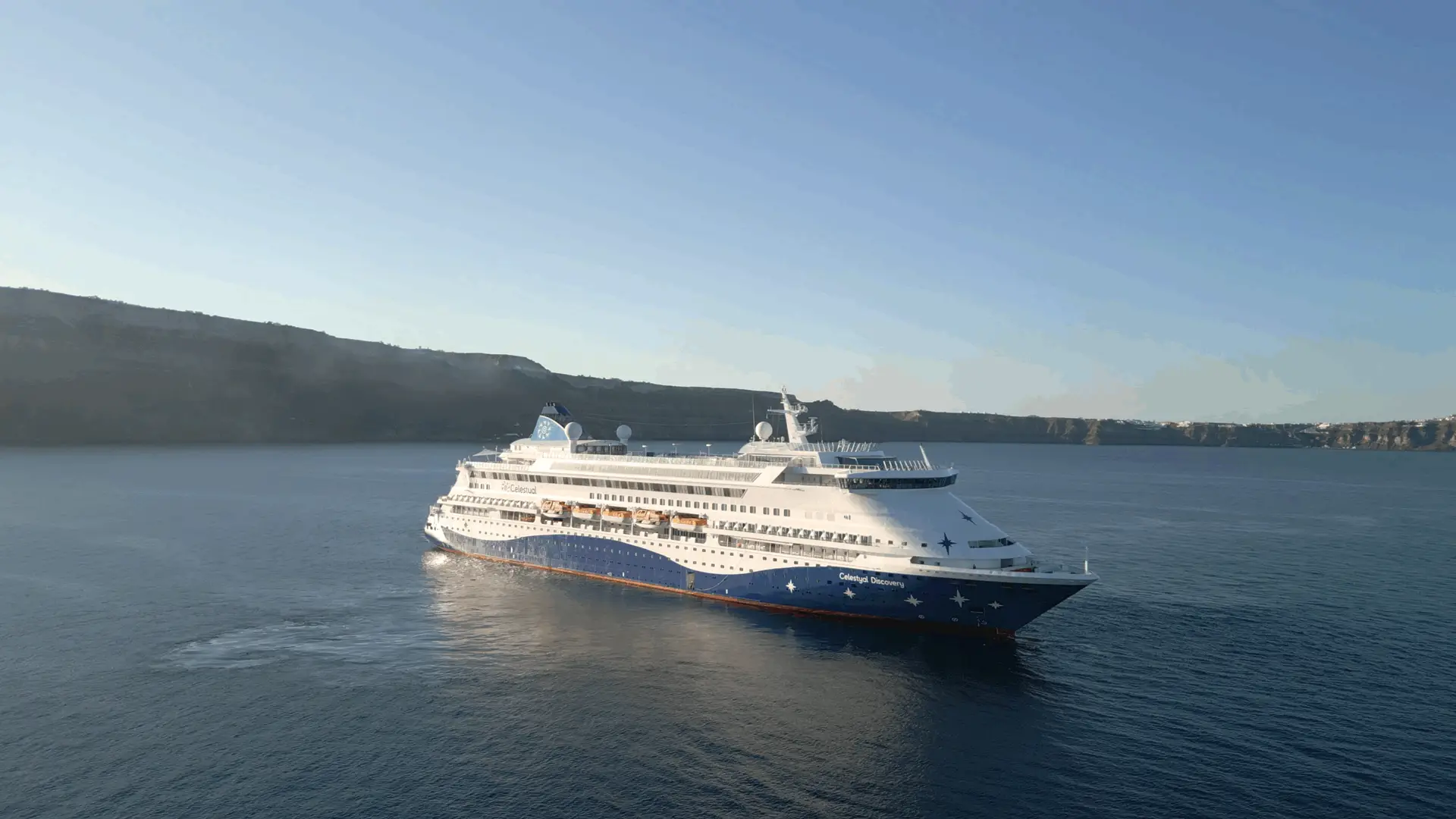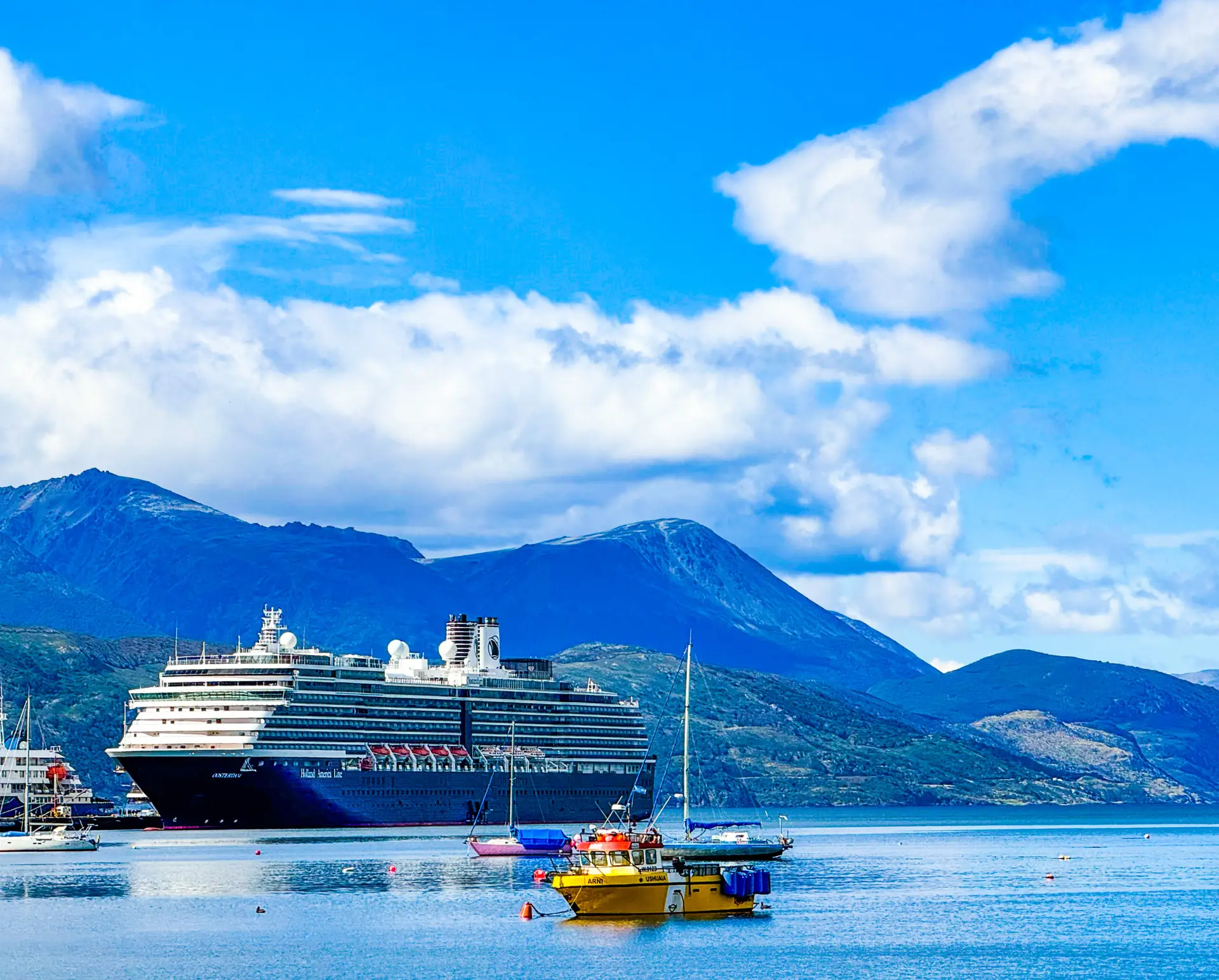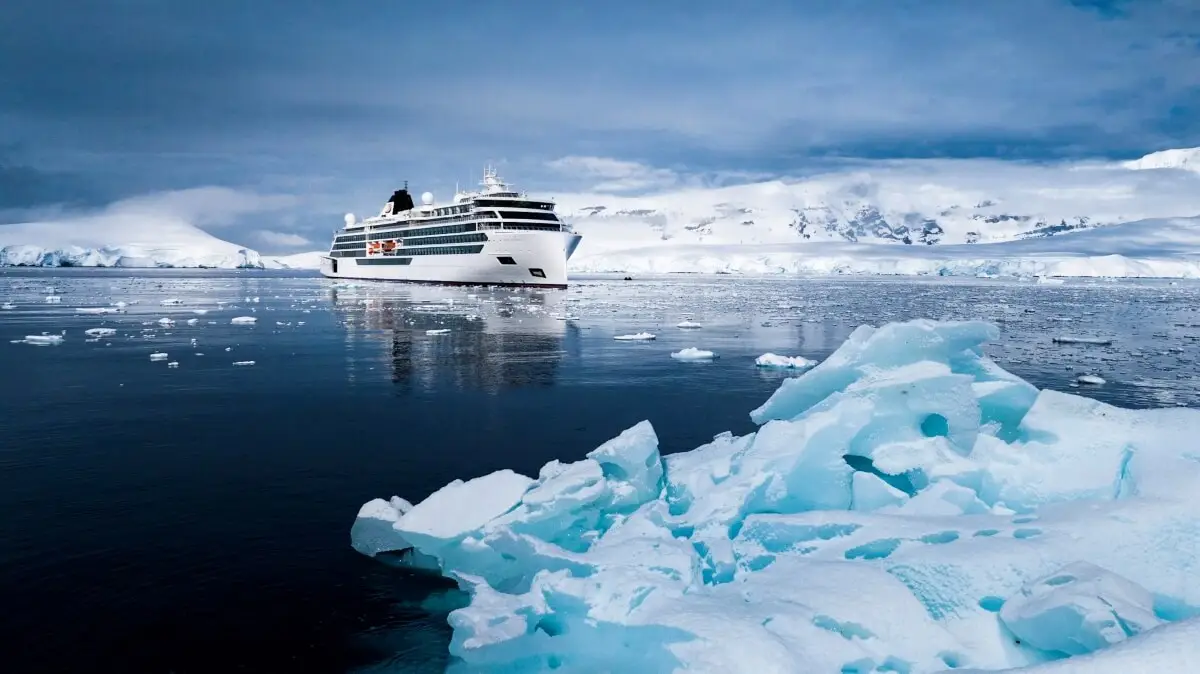Taking cruise photos is a wonderful way to encapsulate the experiences, vistas, cultures, and special moments.
This genre may scare people with no photography experience because of changing environments. However, some basic knowledge, constant practice, and creativity will help you capture remarkable travel pictures.
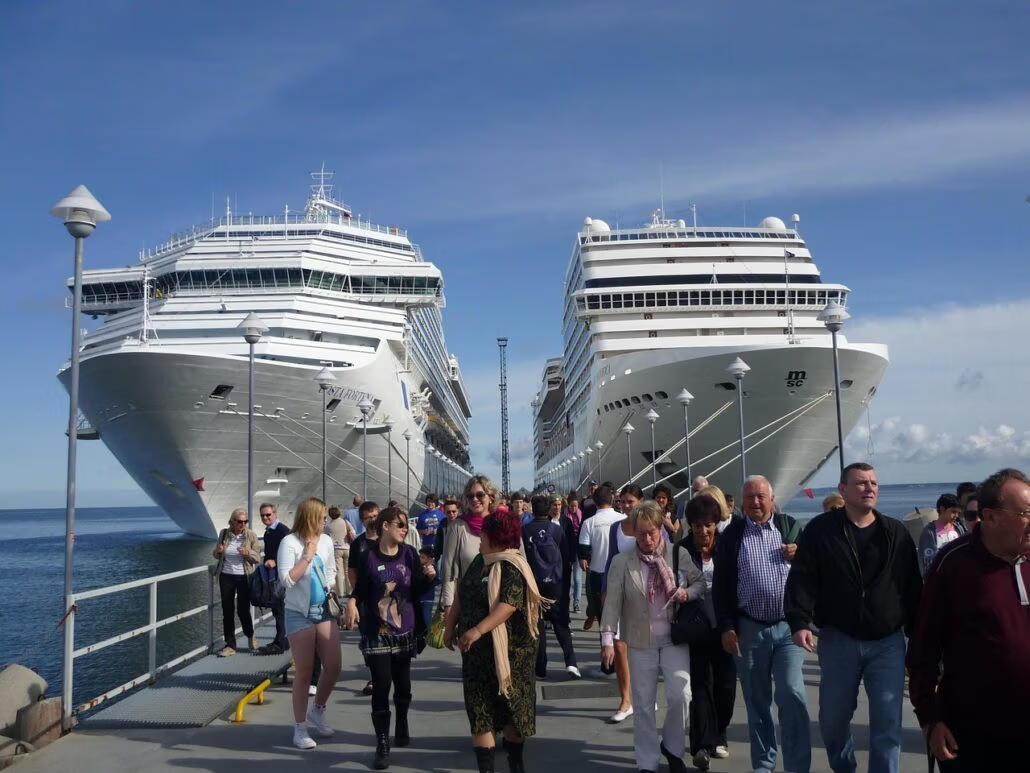
This guide explores travel photography editing techniques to transform your cruise snapshots into professional-looking visual masterpieces.
These recommendations will help you hone your pictures’ composition, lighting, and colors quickly and easily, regardless of your proficiency level.
Preserve your cruise memories in the best light possible. Let every photo tell a story worth revisiting!
Light on the Ocean
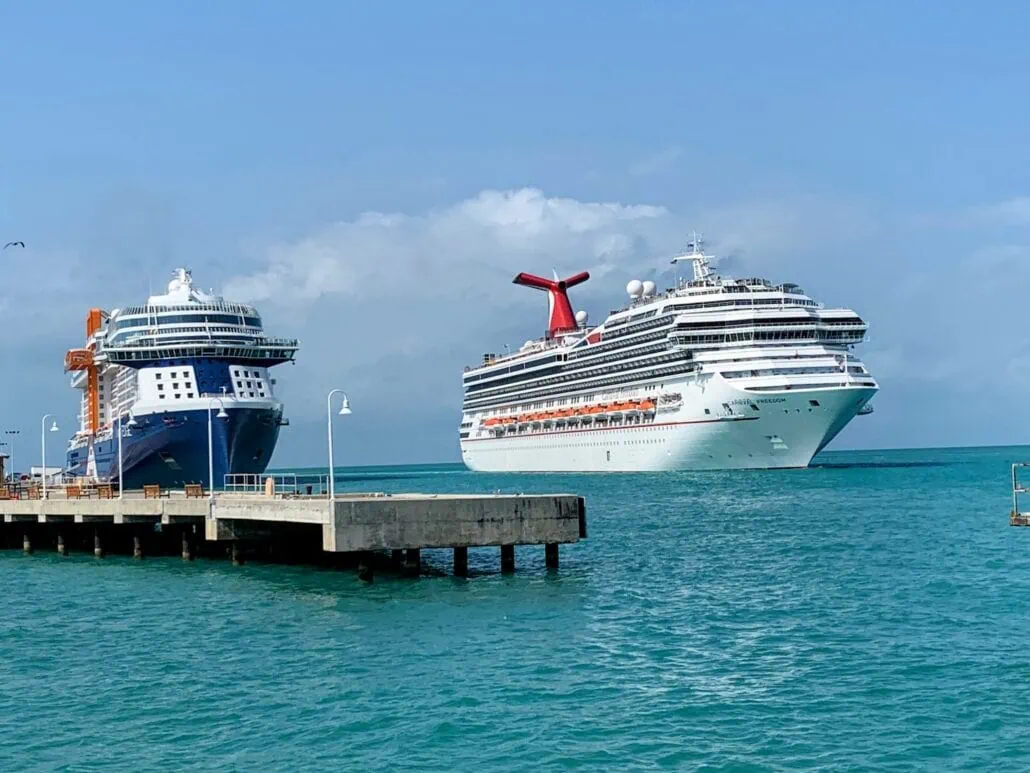
The water surfaces reflect the light intensely. It commonly leads to harsh shadows and overexposure. Navigating these challenges requires careful timing and proper camera settings. The soft illumination of golden hours enhances the natural beauty of the sea and the ship.
A polarizing filter reduces glare on the water. It brings out the blues of the sky and ocean. Consider using lens hoods or your hand to shield the lens from direct sun rays.
However, the illumination in outdoor conditions is hard to adjust and control. Post-processing software with relighting features is essential for authentic appeal without excessive contrast, flare, and color casts.
Techniques like high dynamic range (HDR) are particularly effective for outdoor photos with uncontrollable illumination conditions. Combining multiple exposures at different levels ensures a properly illuminated image. It can help you balance the starkest contrast between bright sky and shaded areas.
Adjusting the exposure settings on your camera or smartphone can prevent washed-out images. Travel photo editing tools allow photographers to provide post-shot adjustments, leaving more room for creative experiments. You can balance the light to mimic the professional photo quality in a photo app regardless of the illumination conditions.
Composing the Perfect Cruise Shot
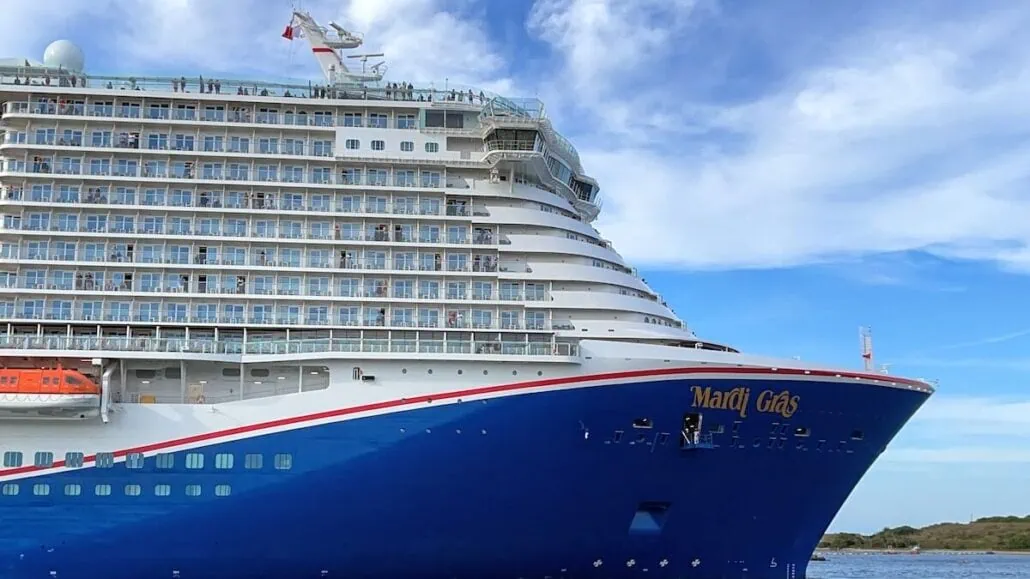
A balanced composition is critical for telling a compelling story, grabbing attention, and evoking emotions. In cruise shots, each direction offers a new perspective in every meaning of this word.
The Rule of Thirds is fundamental for balanced yet engaging cruise photography. Dividing the frame into a three-by-three grid and positioning the subject along these lines or at their intersections will be particularly effective for capturing expansive ocean views or the impressive architecture of a cruise ship.
Leading lines like the ship’s railings or horizon can guide the viewer’s eye through the image. Using leading lines for depth and perspective will effectively highlight the ocean’s vastness or the cruise ship’s length.
Natural frames like windows, doorways, or lifebuoys can be used creatively to enclose your subject. This technique enhances the narrative and adds visual interest to your images.
Water bodies, glossy surfaces of the ship, or even sunglasses can be employed to introduce symmetrical compositions. Reflections as creative tools can add an artistic touch, grabbing the viewer’s eye and making your visuals look more professional.
The background choice is critical for impactful images. Distracting elements should be removed. The main subject should stand out sharply without being overpowered.
Understanding what is bokeh in photography will allow you to add a professional touch to your photos. A soft background blur can emphasize your subject and elevate the overall aesthetics.
Colors and Details

Vibrant colors and intricate details can turn an average snapshot into a breathtaking visual masterpiece. Focus on enhancing the natural blues of the ocean and the sky.
Adjust saturation and vibrancy to pop out the blues without unwanted artificiality.
The textures of a ship’s deck, the sparkle of the water, or the expressions of fellow passengers provide an additional layer of context and make your shots more visually appealing.
The sharpening tool in your photo editor is your main helper in emphasizing textures. Opt for selective sharpening.
This feature allows photographers to sharpen particular elements without altering the whole image. The vastness of the oceanic background often risks minor details going unnoticed, so selective sharpening is particularly effective for larger scenes.
The reflections and shadows on water surfaces can alter the colors and make your picture look unrealistic. Color correction tools aim to tackle this challenge. Adjusting the white balance can help restore the scene’s authenticity by neutralizing color casts caused by the sea or sky.
Use color sliders to adjust the individual colors.
For instance, enhancing the blues and greens can bring out the sea and landscape elements. Meanwhile, adjusting the reds and yellows can warm up sunset shots.
Final Thoughts
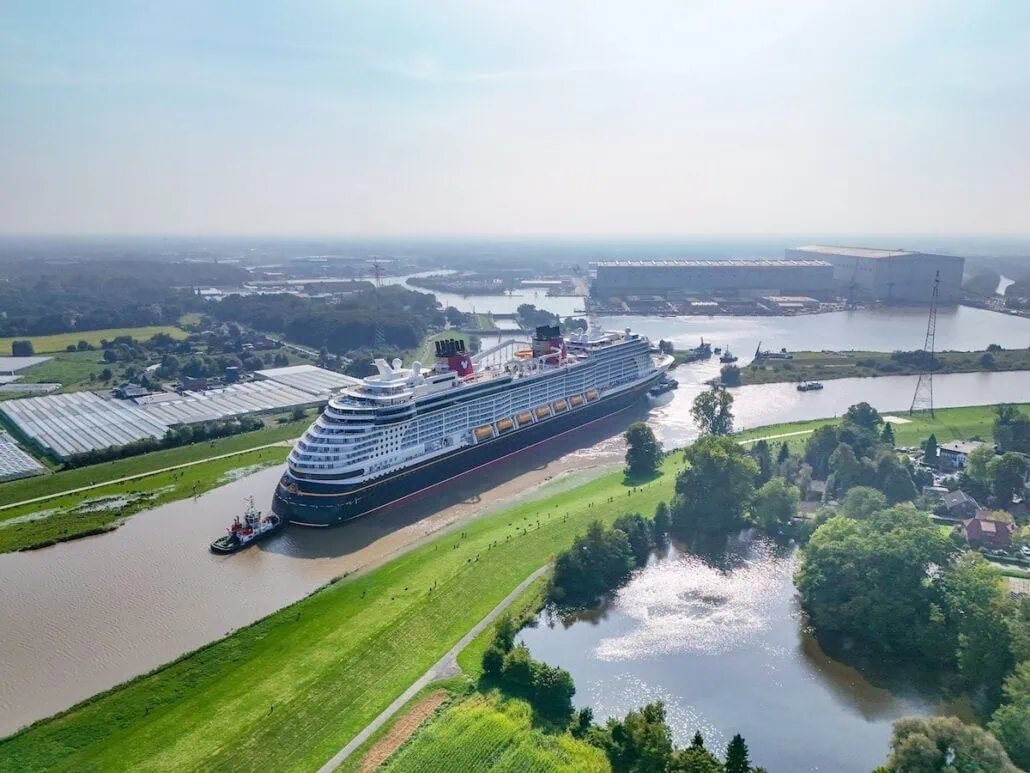
Cruise photography is a challenging yet exciting genre. Achieving compelling results requires creative composition, adept lighting, and skillful post-processing.
The helpful techniques discussed in this article will help photographers create captivating imagery and tackle the challenges post-shot.
Embrace these recommendations, experiment with different styles, and watch as your cruise photographs capture the heart of your adventures—and share them with others.


